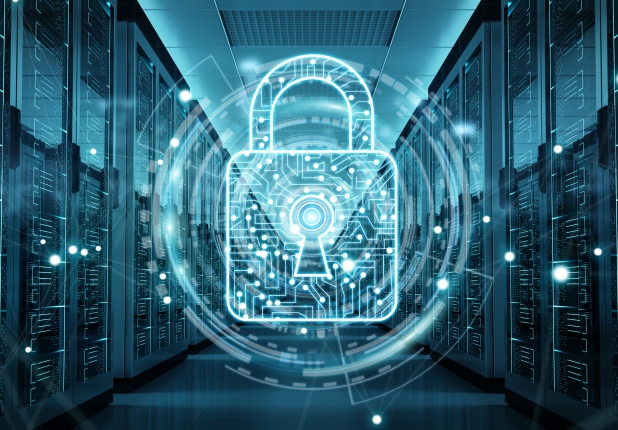Deposition Packs: What are They and How Can They Help Legal Teams Prep for Depositions?
Depo packs serve two purposes: (1) to help prepare your client’s witnesses and experts for their depositions by refreshing their recollection of specific events or communications and focusing their attention on issues that are central to the factual story and legal strategy; and (2) to assist the trial attorneys in preparing to depose the other side’s witnesses or defend their own witnesses. This blog provides an overview of depo packs and how they can be a tremendous benefit to the client as well as an effective tool for the attorneys deposing or defending depositions.






